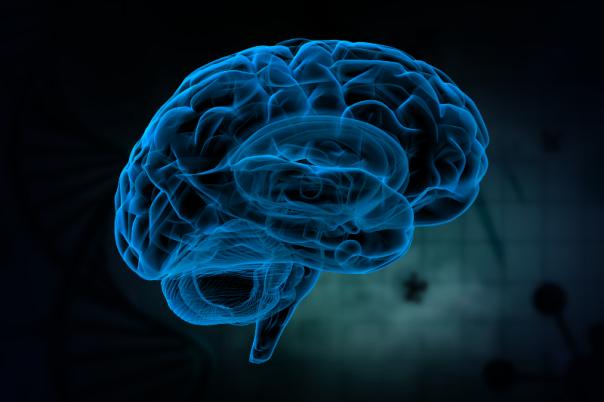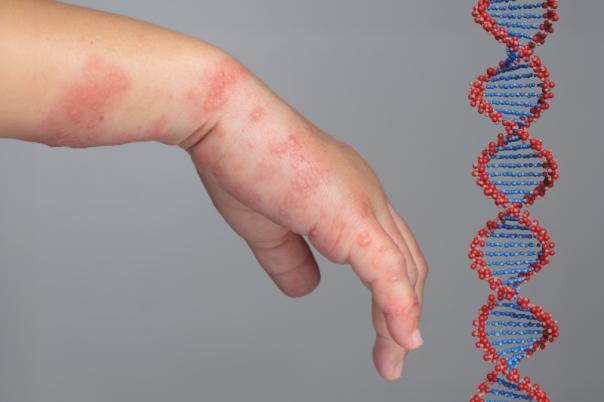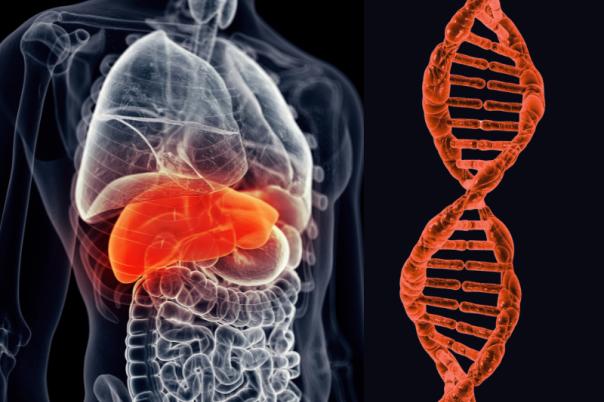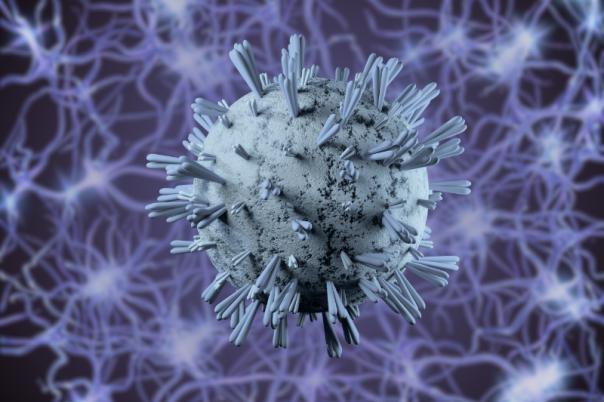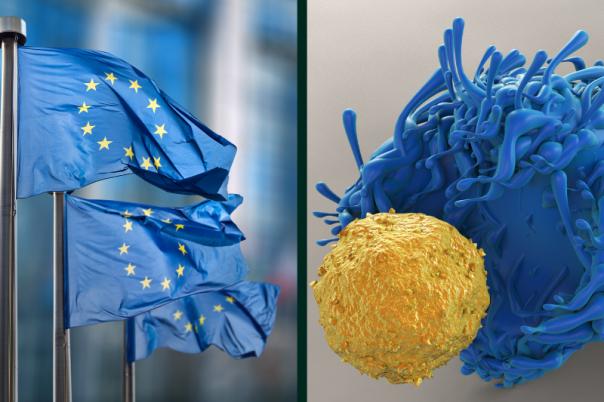Chronic pain is a widespread problem, over 350 million people across the globe suffer from it. Roelef Rongen, Chief Executive Officer at Adolore Biotherapeutics explained that there are no good alternatives to opioids who suffer from severe pain other than surgery for certain conditions. Opioids are highly effective painkillers but very addictive, Rongen stated: “About 75% of people who have opioid abuse problems started on a prescription at one point in time.”
The National Institute of Health (NIH) aims to tackle this issue with its HEAL program which seeks to find an opioid alternative. The three-year-long program is expected to be in the clinic by 2026. Adolore Biotherapeutics has partnered with NIH to address this challenge. Adolore Biotherapeutics’ main focus is to find alternative paths to how disease and pain are modulated. Roy Levitt, the Founder of Adolore Biotherapeutics discovered that when high levels of CA8, (an endogenous protein critical for the body’s response to pain stimuli) are produced people experience lower levels of pain. However, inflammation downregulates the expression of CA8 thus causing the patient to experience higher pain levels.
Rongen outlined the CA8 mechanism: “So our CA8 once it's expressed in the DRG inhibits a pump, a calcium pump on the endogenous reticulum, endoplasmic reticulum, and with that calcium levels in the cytoplasm of those neurons where it's present declined.” CA8 reduces neuron firing frequency, diminishing pain signals. This mechanism mimics opioid efficacy without toxicity.
The next step is the delivery, Rongen suggested using herpes simplex as a viral vector due to its stability. The vector was modified to be replication-defective and safe for immunocompromised patients. Furthermore, FDA-approved technologies from similar applications validate its use. The therapy is administered locally to target sensory neurons to enhance local effects.
Rongen added: “The bottom line is there's all kinds of differentiation mostly on the immunogenicity side, but also on the tropism and immune evasiveness of HSV versus AAV. So for our purpose, for our application, HSV is the best way to get into the neuron and treat it.”
Beyond osteoarthritis, the program is exploring orphan drug applications, such as erythromelalgia, a rare neuropathic pain condition, as a pathway for accelerated regulatory approval and a proof of concept for broader chronic pain applications. Compared to existing alternatives like sodium channel inhibitors or capsaicin-based treatments, this gene therapy offers a potent, targeted solution without the drawbacks of frequent administration, systemic side effects, or limited efficacy. The next decade could see gene therapy revolutionising pain management, fulfilling unmet needs in chronic and severe pain with safety, efficacy, and affordability.

